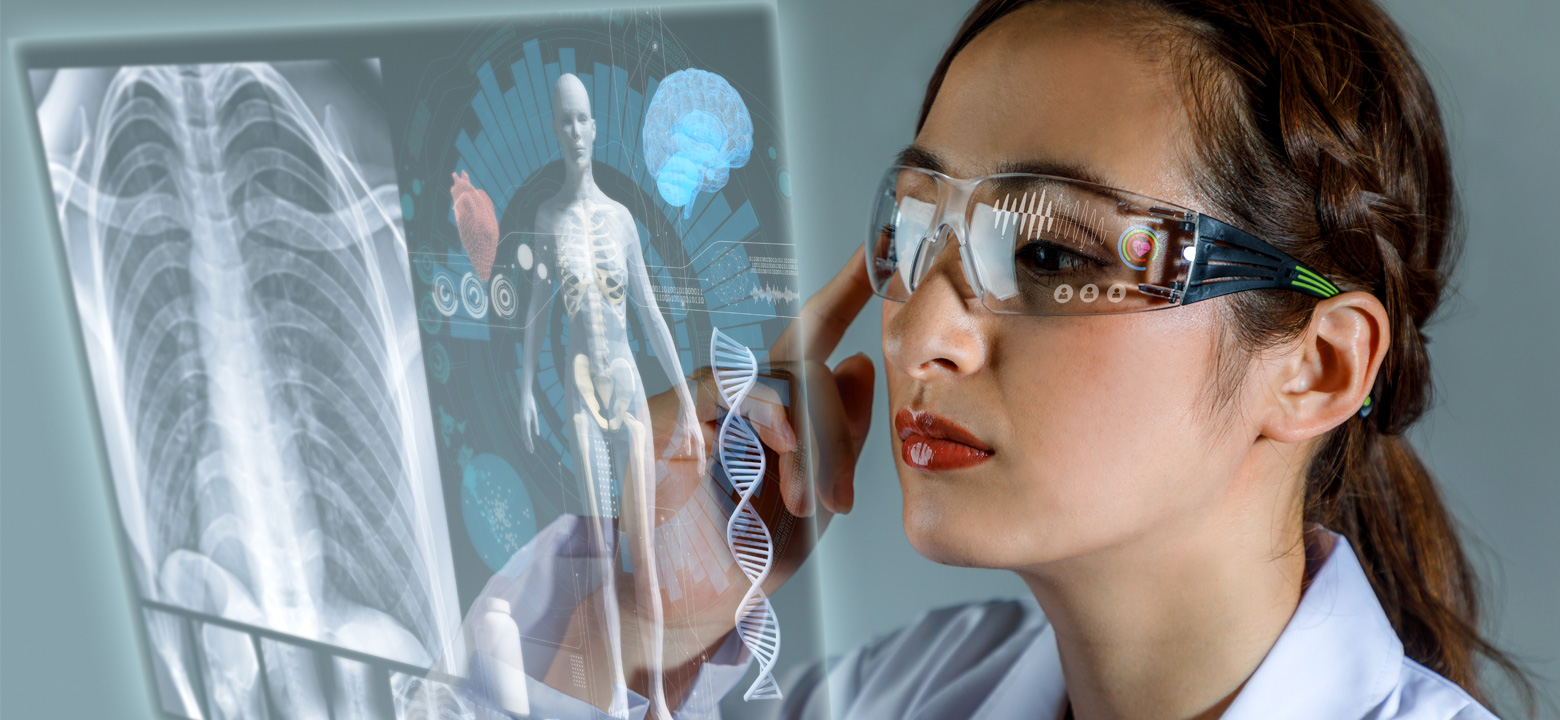
Medicine is a rapidly advancing field, and new technological advances promise to completely transform how it is practiced. From improving healthcare outcomes, to managing chronic conditions, to making it easier for doctors to handle large patient loads quickly, technology is changing the face of medicine. Over the next decade, expect to see a dramatic increase in high-tech medical solutions, including:
One of the biggest challenges facing any field of medicine is targeting—how do you get treatments to the areas where they're needed, without impacting healthy tissue? Multiple companies are working on developing nanotechnology to overcome this issue. Attaching nanoparticles to medication or other compounds can cause them to be taken up by specific cells, improving the way medicine targets diseased tissues. Nanotechnology can also help with the release of medication. For example, Sienna Biopharmaceuticals has already co-developed an acne treatment designed to target overactive oil glands in the skin. It works by introducing silver nanoplates coated in silica into the glands, which are then activated using lasers. The particles heat up, impairing the glands and reducing acne. Within the next decade, similar treatments may be used to target tumor cells and other growths.
Imaging technology can border on miraculous sometimes. Using magnetic resonance or radiation, doctors are able to achieve levels of diagnostic accuracy that were unimaginable just a few generations ago. Unfortunately, even modern imaging methods have their limitations: ultrasounds require a lot of expertise to interpret, and it can be very difficult to get high-quality images from patients with large deposits of body fat or other anatomical differences. New advances in imaging technology include three-dimensional imaging and virtual reality, both of which can help doctors get an accurate idea of what they're looking at. Companies like Hologic and Philips Healthcare are already involved in 3D medical imaging, but experts expect the field to continue to grow within the next five years.
3D printing makes it fast and easy to fabricate complex objects. Coupled with detailed imaging technology, doctors can use it to replicate a patient's organs in lifelike materials, giving them a model to use to prepare for complicated surgeries. 3D printing can also be used to create prosthetic devices, surgical tools, or even tissues. 3D bioprinting uses biological materials to create tissue that can be used for transplants. Organovo has already demonstrated the ability to bioprint patches of human liver tissue, which function when transplanted into mice. These liver patches may be ready for transplanting into human patients as soon as 2020, helping to extend their lives until a full transplant is possible. Hearts, kidneys, livers, corneas, skin, and bone tissue all show great promise as potential goals for 3D bioprinting.
Within the next decade, artificial intelligence and machine learning may take on a lot of tasks currently handled by human radiologists and pathologists. They can help improve diagnostic accuracy and help doctors handle large patient loads by filtering through enormous banks of medical data to diagnose diseases and find the most effective treatments. In a study published in the Annals of Oncology, researchers trained a convolutional neural network (a form of artificial intelligence) to recognize malignant melanoma. The neural network was later tested against human dermatologists. The dermatologists were able to identify 86.6% of the images of melanomas they were shown, while the neural network was able to identify 88.9%. Artificial intelligence could improve patient outcomes, while reducing healthcare costs and improving access to treatment.
Patients living with chronic health conditions have an added obstacle to getting the treatment they need—the odds of getting a doctor's appointment when they're experiencing a flare up are pretty low. Doctors don't spend every day with their patients, so it can be difficult to track the ups and downs of a chronic illness. The best doctors and patients can often get are subjective measurements which may not paint an accurate picture of what's actually going on. Digital health tools, like wearable monitors, can help gather data to help doctors and patients manage chronic issues much more effectively. Quardio developed a wearable EKG monitor called QuardioCore, which records over 20 million data points that can be shared with the wearer's doctors. It records EKG data, heart rate, heart rate variability, temperature, and respirations. Wearable devices like QuardioCore can capture and share data that might not be possible to get in a clinical setting. Some wearables, like QuardioCore, are already on the market, but expect to see an uptick in the number and range of devices available over the next few years.
The way healthcare professionals practice medicine is ever evolving. The more patients they see and data they collect, the more researchers are able to improve standards of care and patient outcomes. These technological advances won't just make it easier for doctors to treat their patients, they can also make treatments more effective, procedures less invasive, surgeries more successful, chronic illnesses more manageable, and diagnoses more accurate.